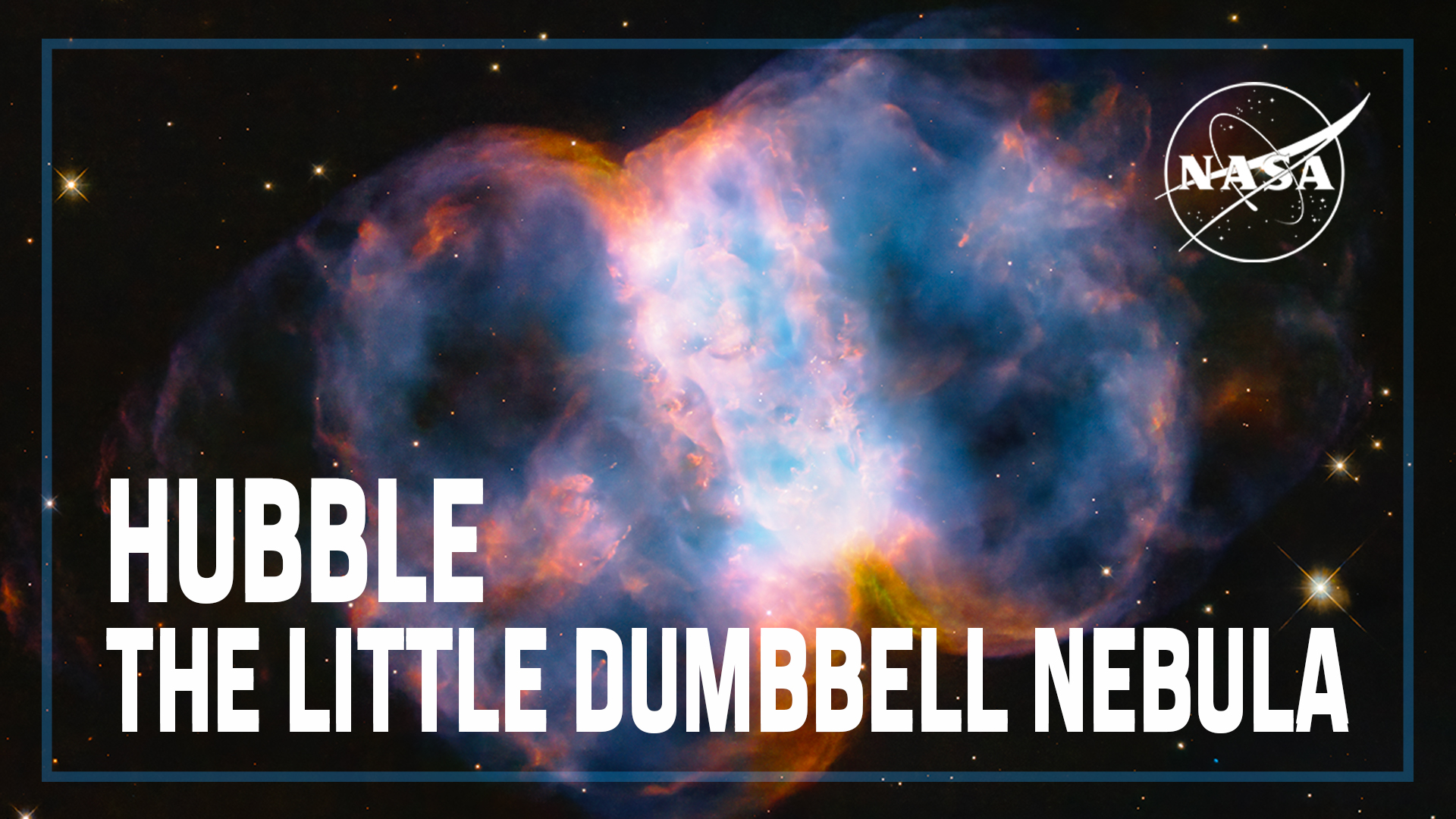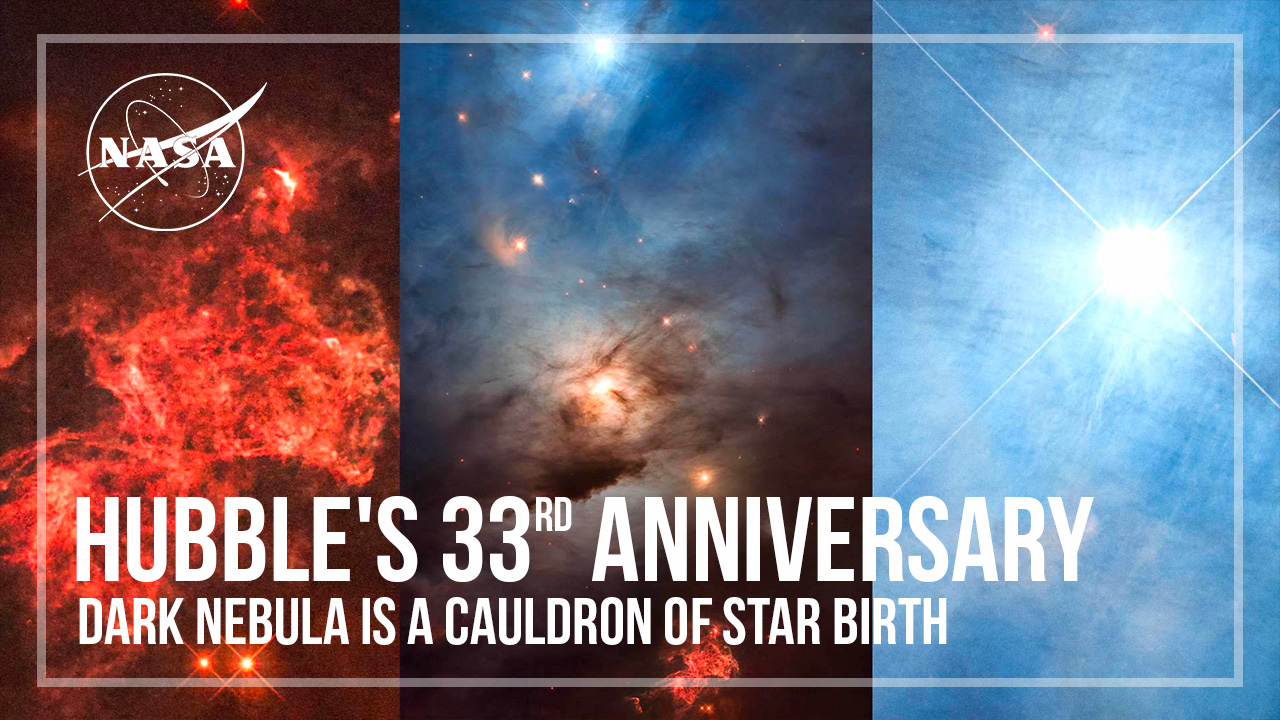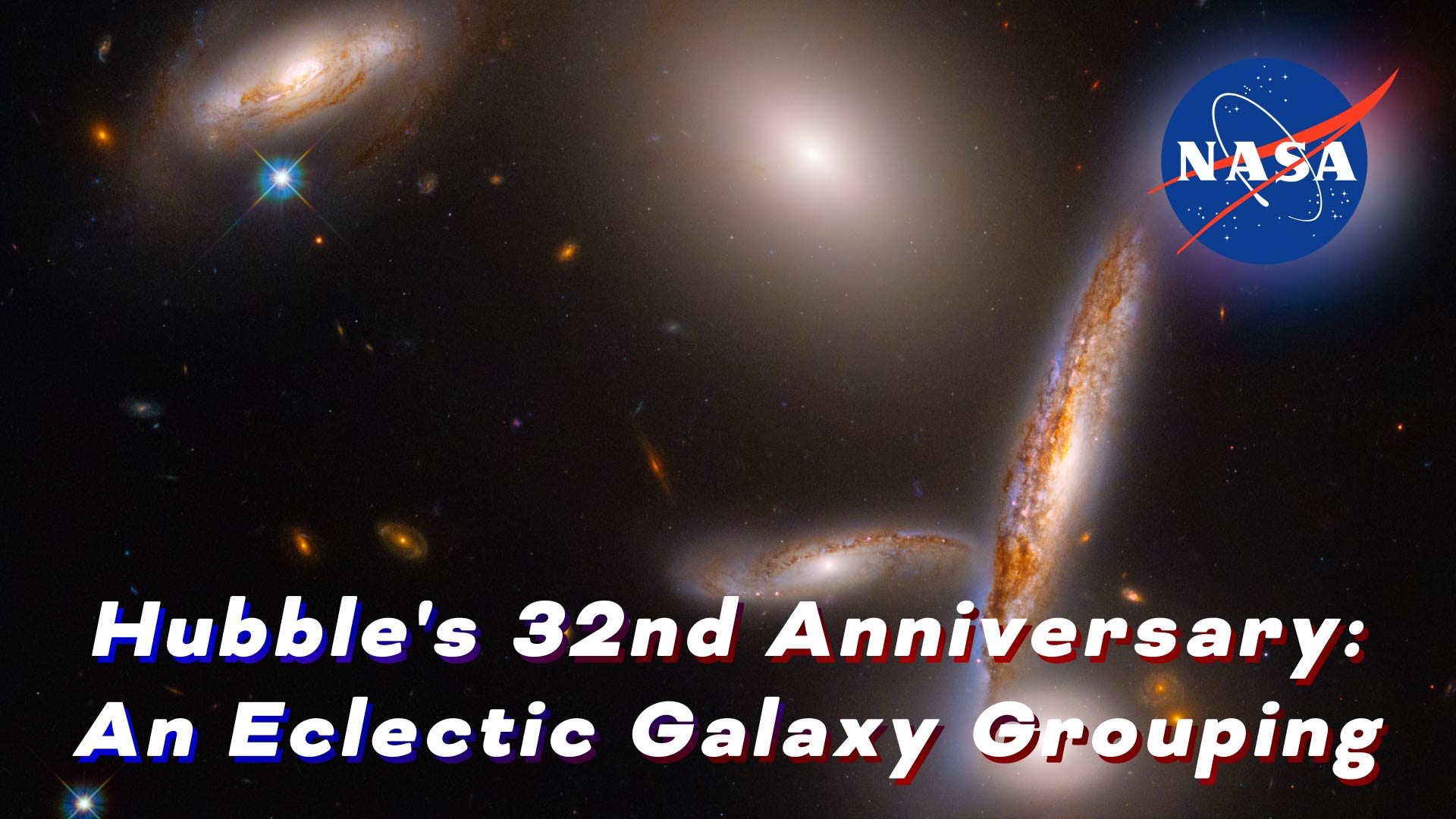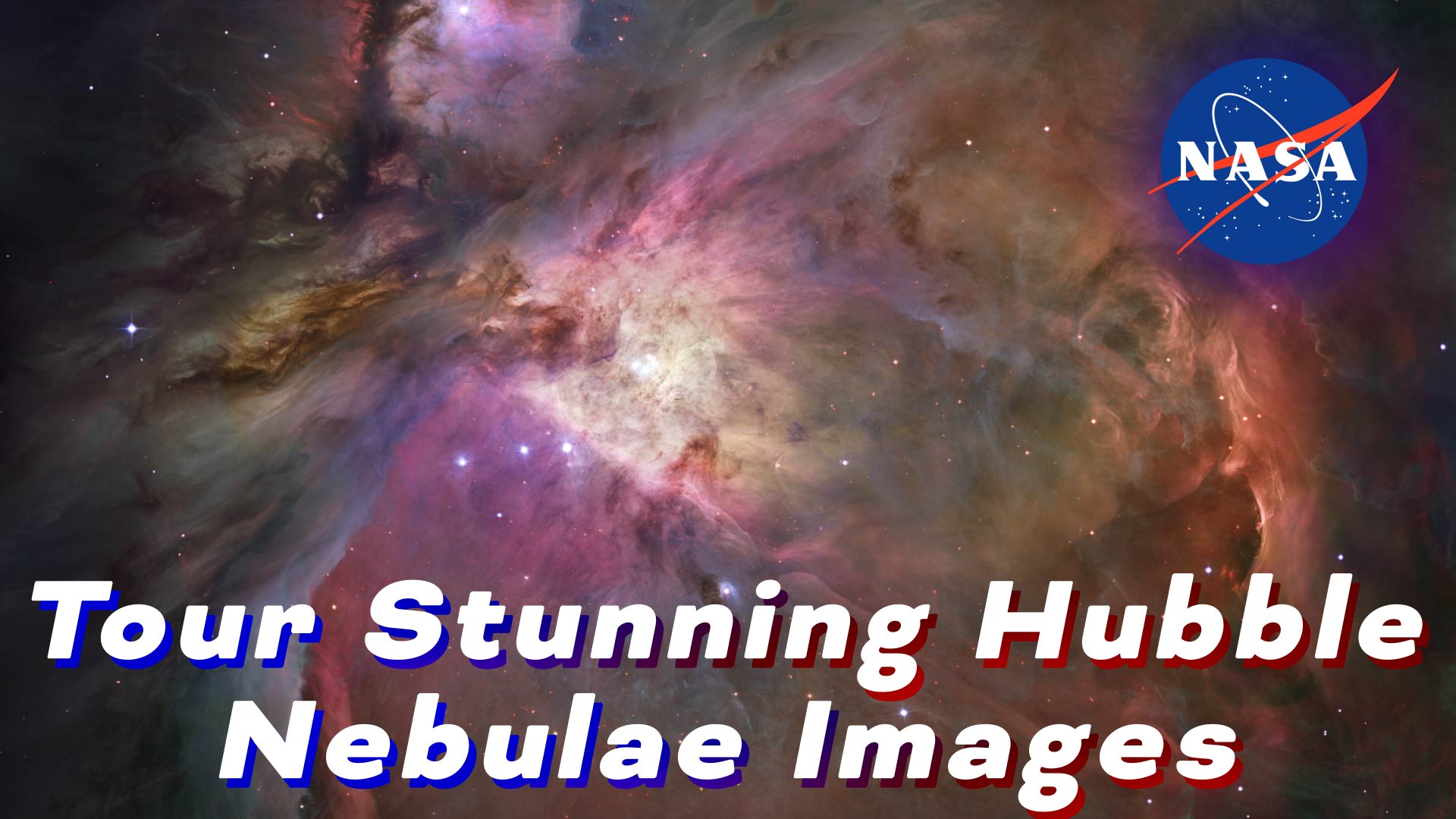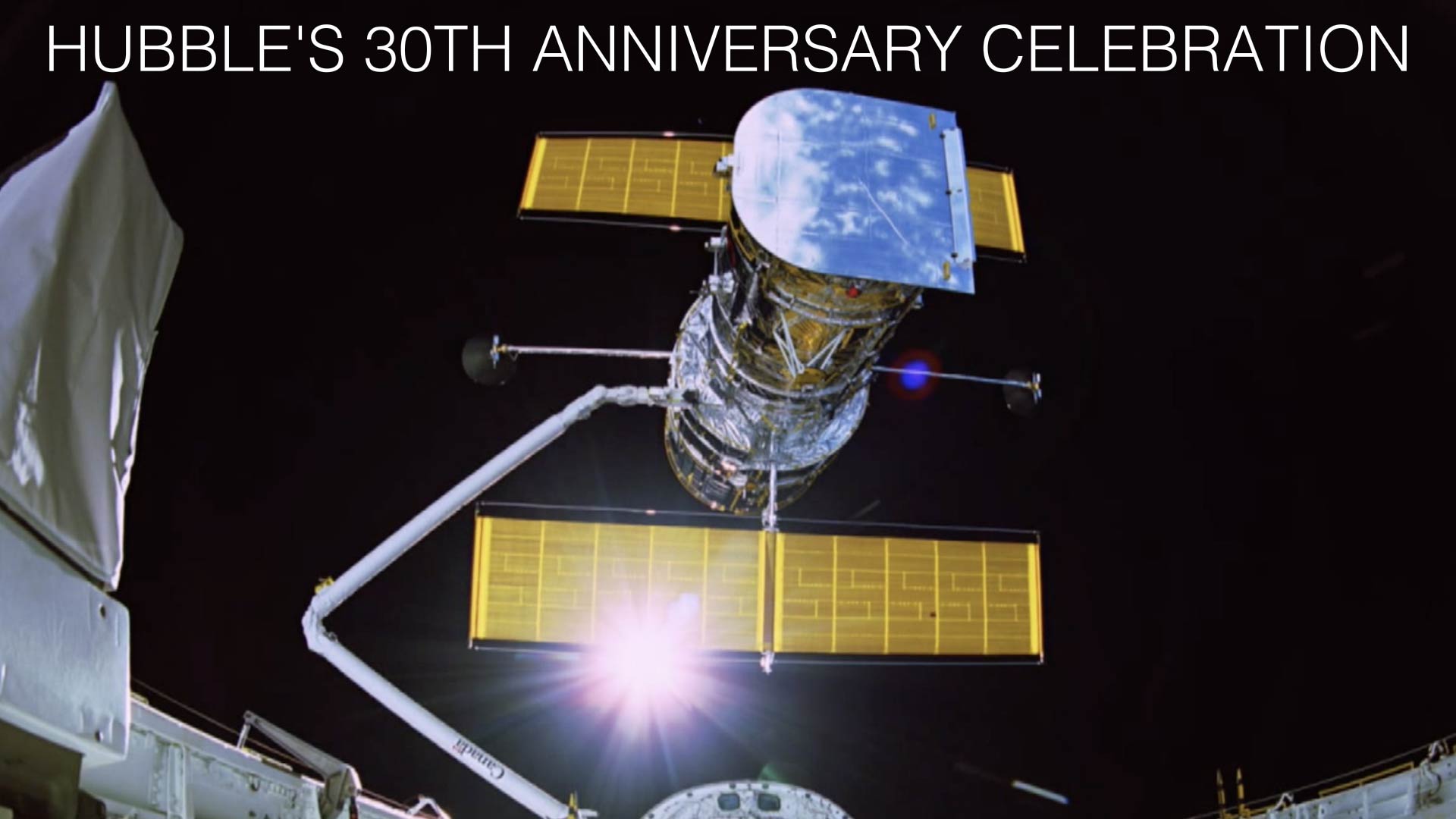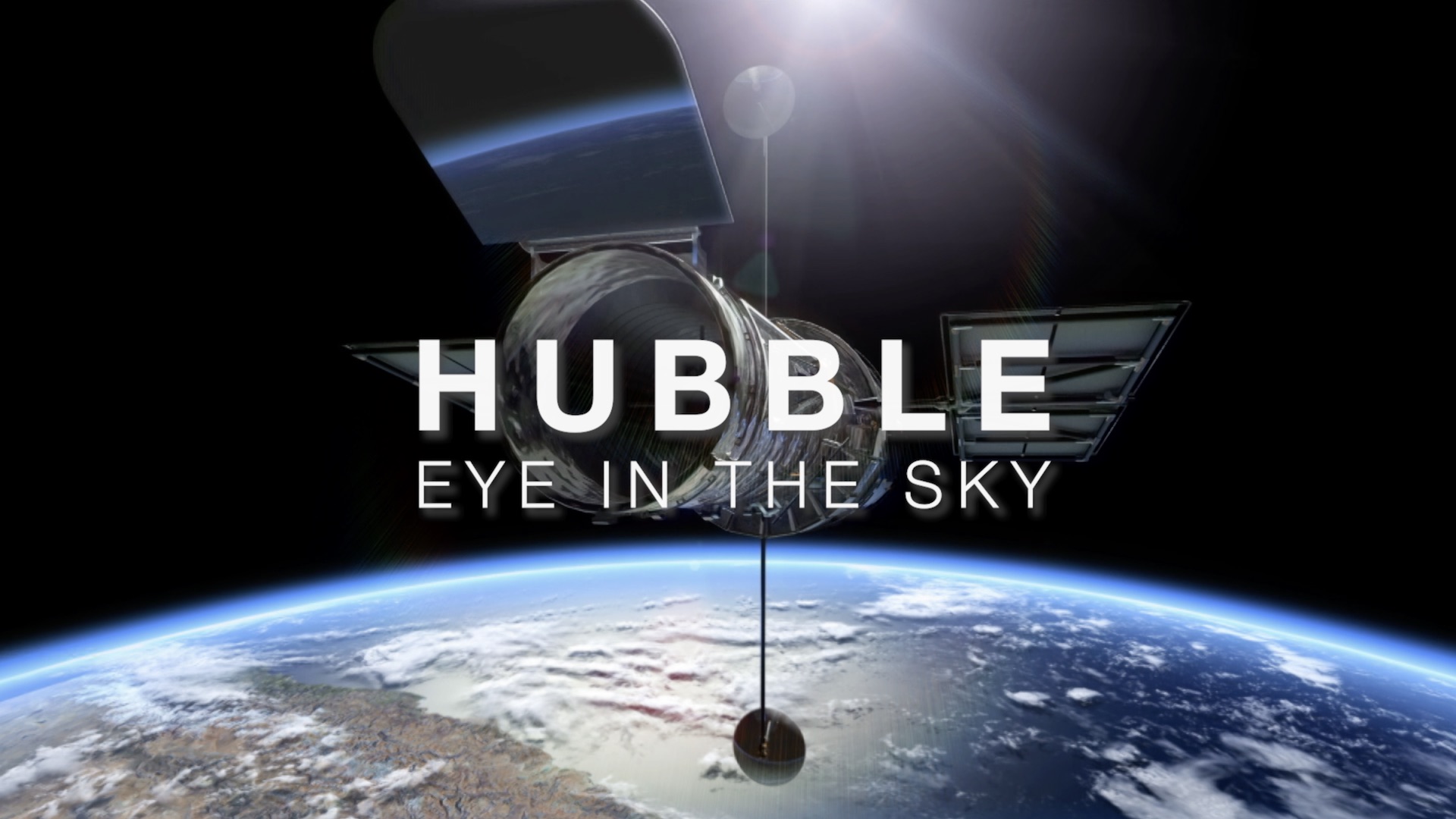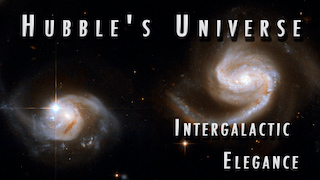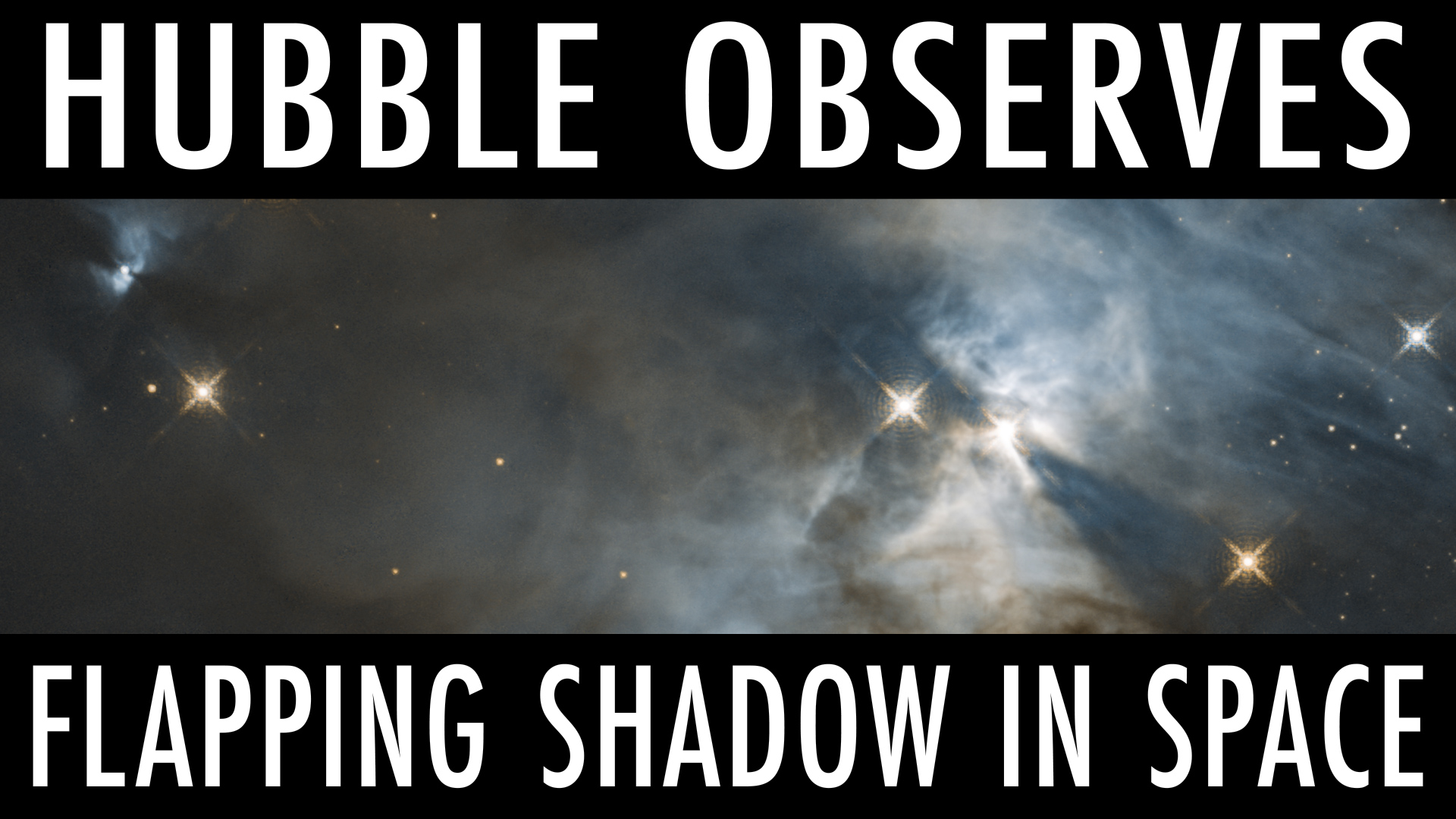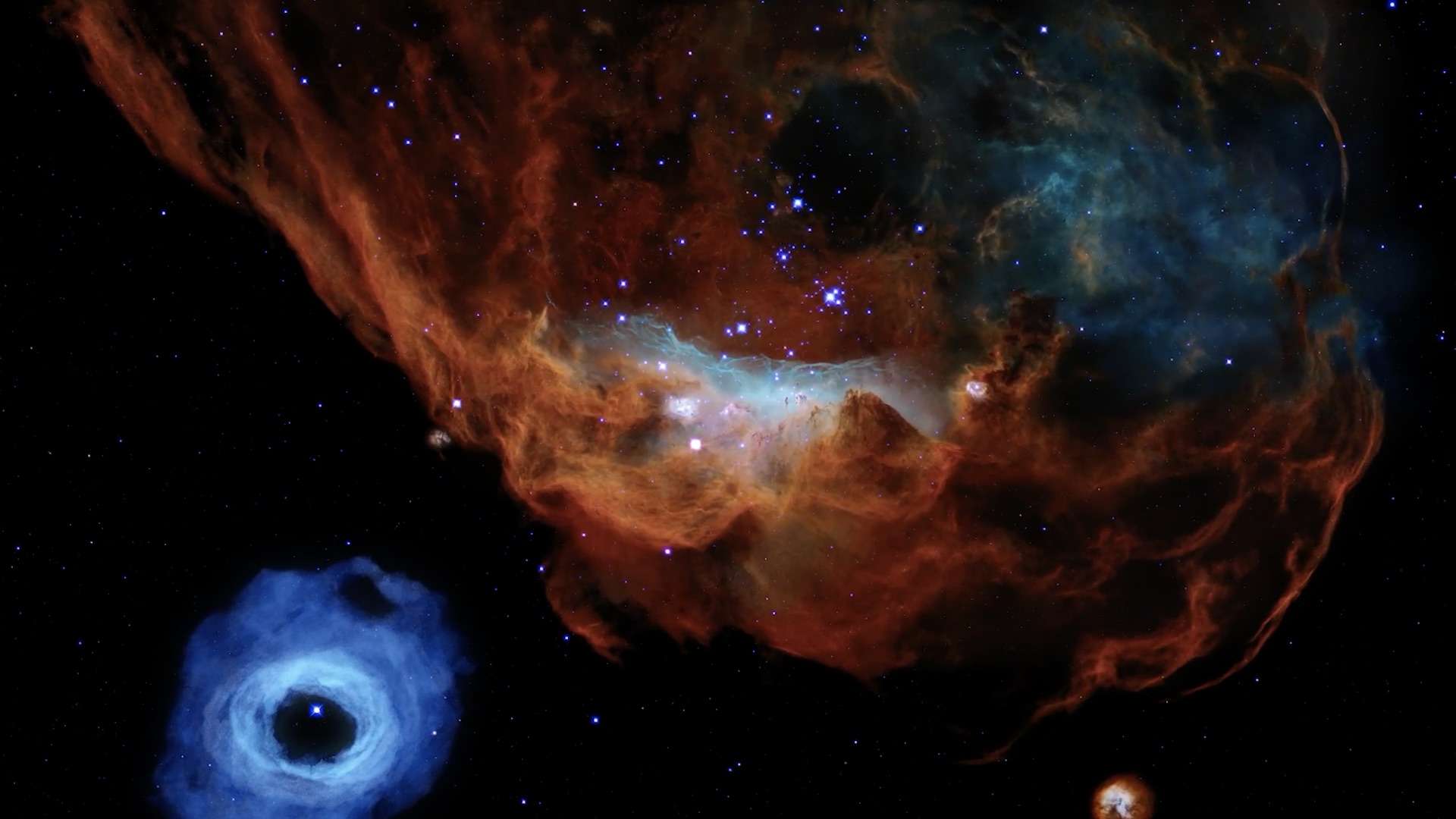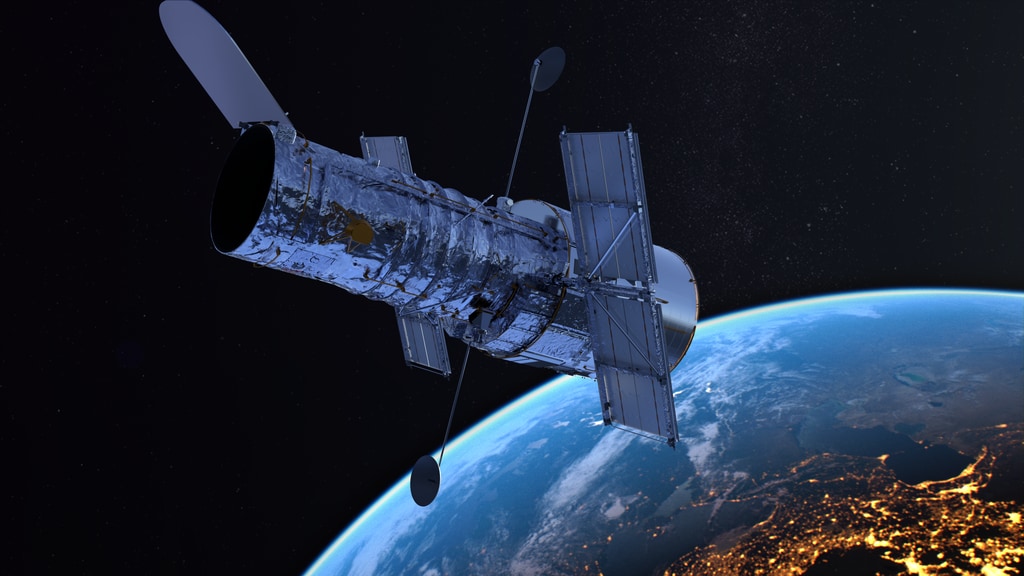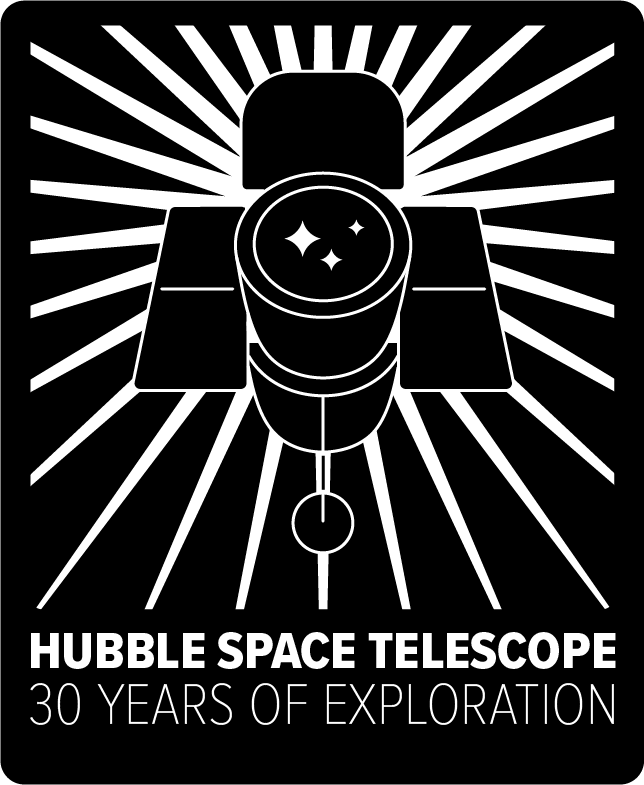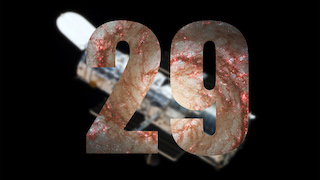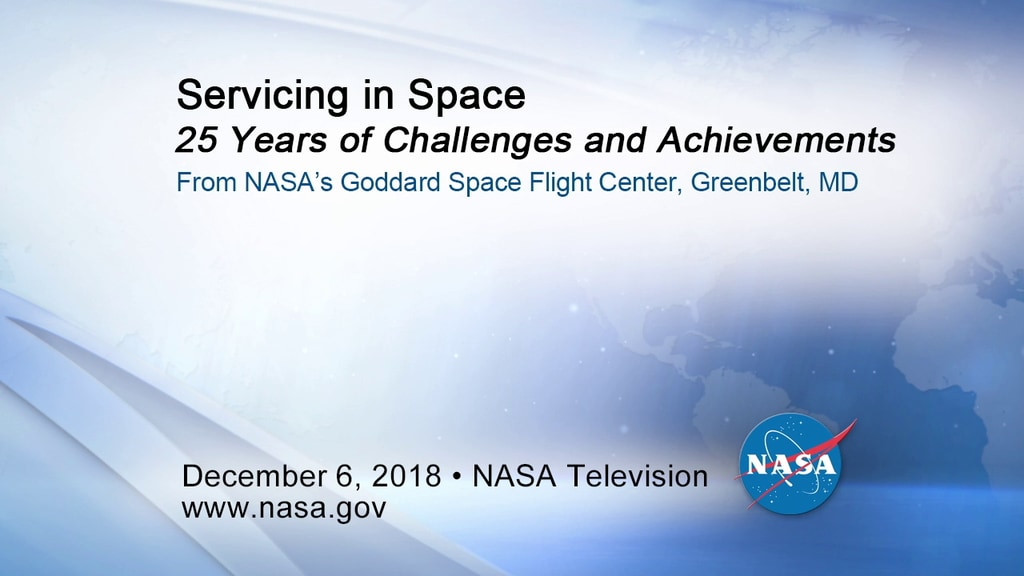Hubble’s 30th Anniversary Image
On April 24, 2020, the Hubble Space Telescope celebrated its 30th year in orbit by premiering a never-before-seen view of two beautiful nebulas named NGC 2020 and NGC 2014.
Hubble’s Senior Project Scientist Dr. Jennifer Wiseman takes us on a tour of this stunning new image, describes the telescope's current health, and summarizes some of Hubble's contributions to astronomy during its 30-year career.
For more information about the Hubble Space Telescope and its images, visit nasa.gov/hubble.
Music Credits:
“Perpetual Twilight” by Christophe La Pinta [SACEM], Koka Media [SACEM], Universal Publishing Production Music France [SACEM], and Universal Production Music.
Master Version
Horizontal version. This is for use on any YouTube or non-YouTube platform where you want to display the video horizontally.
Box Version
This is a square 1:1 version of the video designed for Facebook or any other platform where you want to display a full-length square version of the video.
Vertical Version
This vertical version of the episode is for IGTV or Snapchat. The IGTV episode can be pulled into Instagram Stories and the regular Instagram feed.
Credits
Please give credit for this item to:
NASA's Goddard Space Flight Center
-
Producer
- Paul R. Morris (USRA)
-
Narrator
- Jennifer Wiseman (NASA/GSFC)
-
Technical support
- Aaron E. Lepsch (ADNET Systems, Inc.)
Missions
This page is related to the following missions:Release date
This page was originally published on Friday, April 24, 2020.
This page was last updated on Friday, October 6, 2023 at 3:20 PM EDT.
